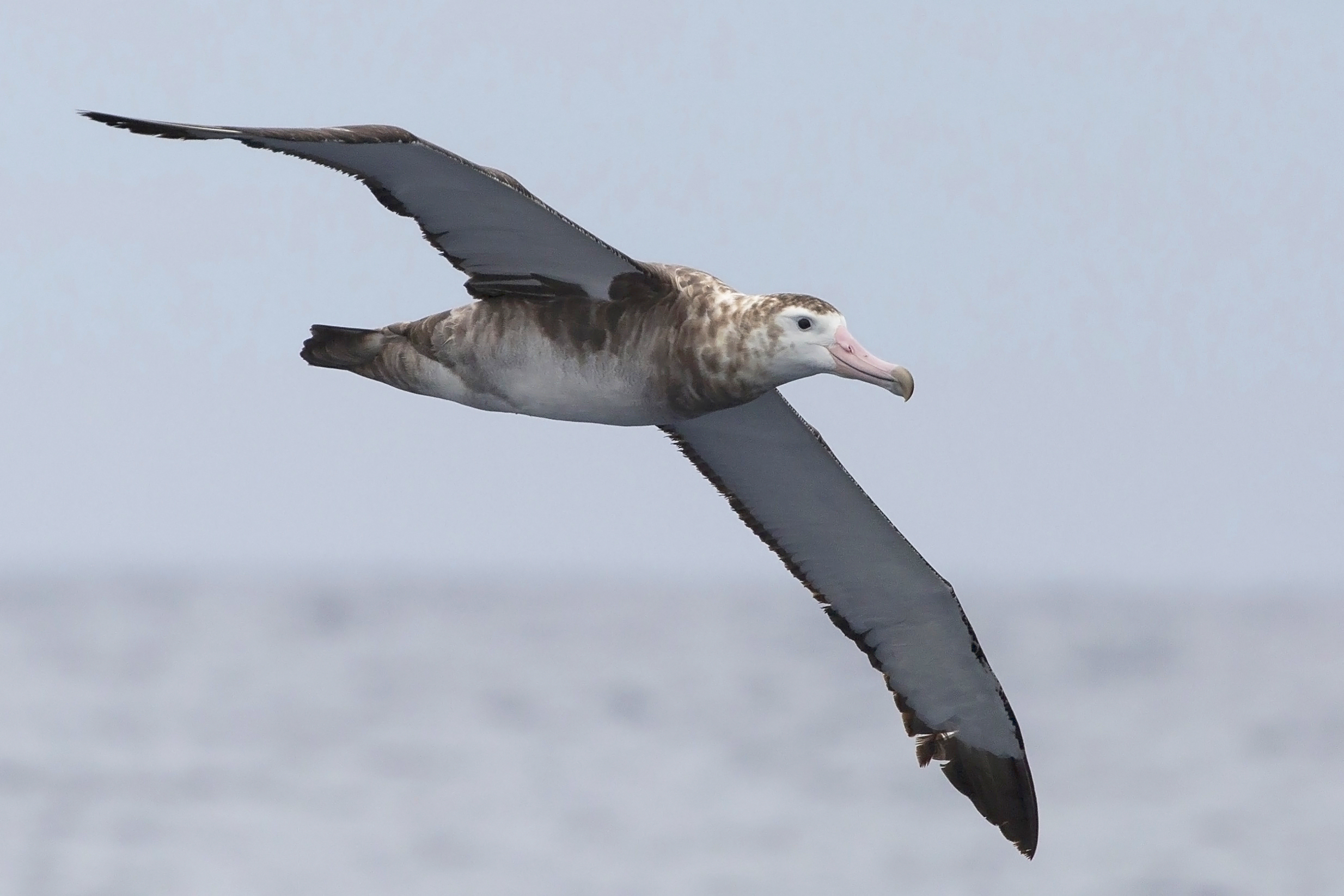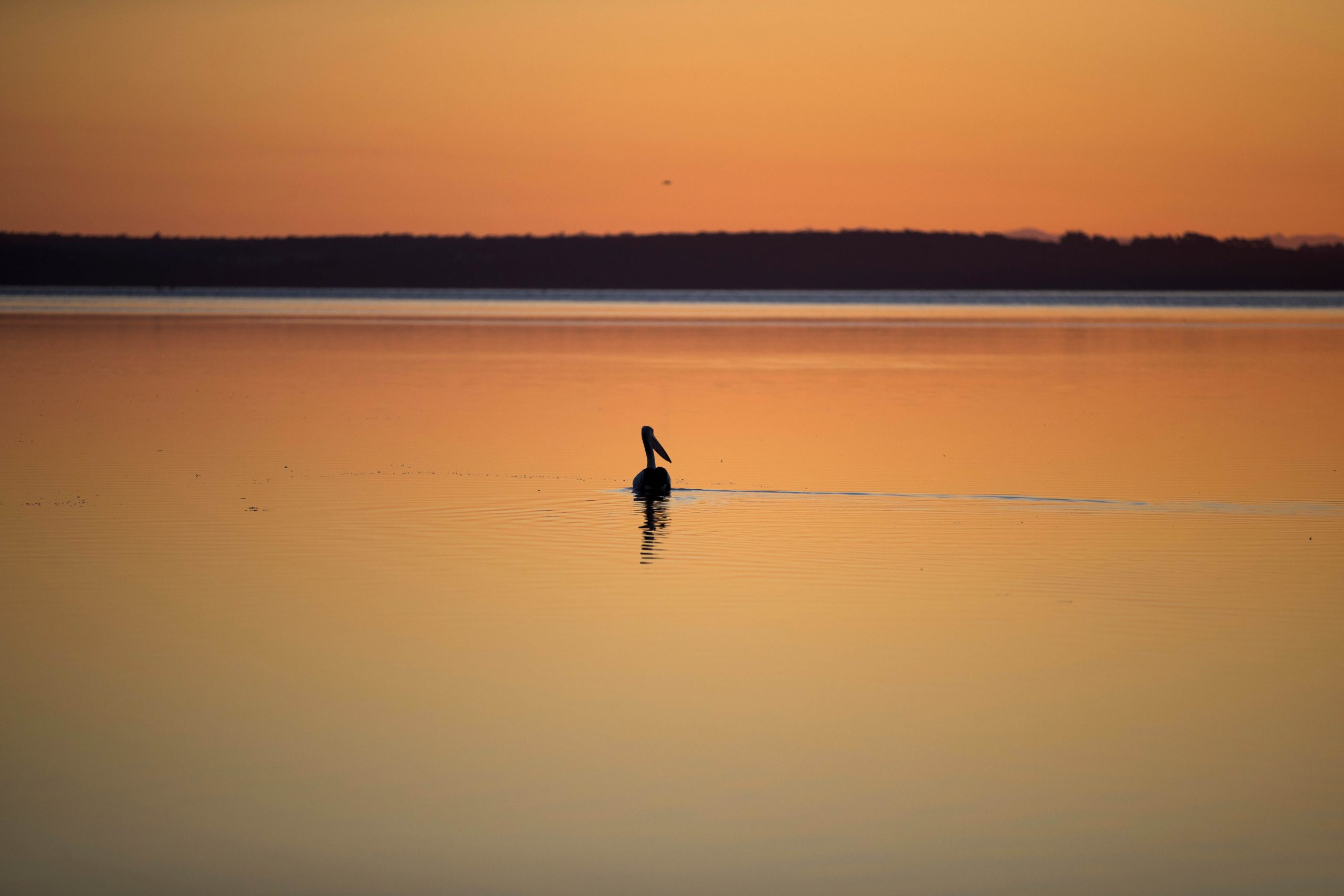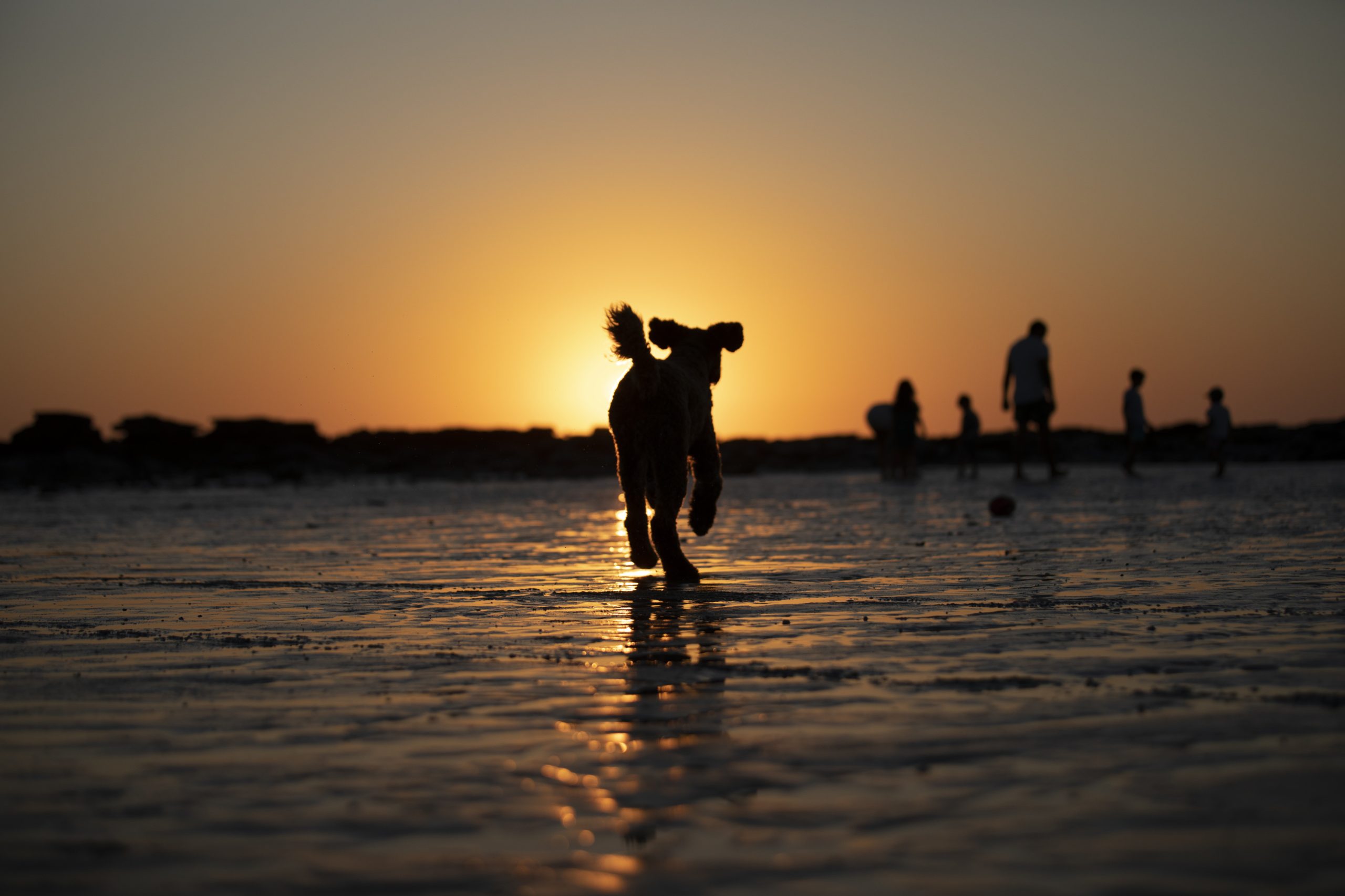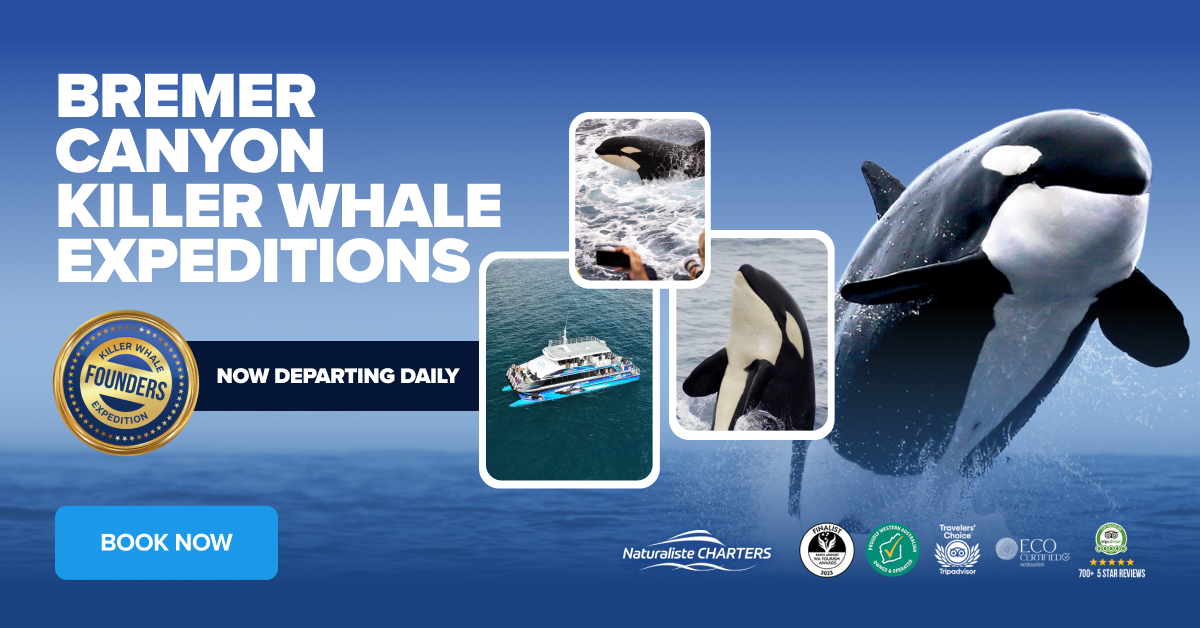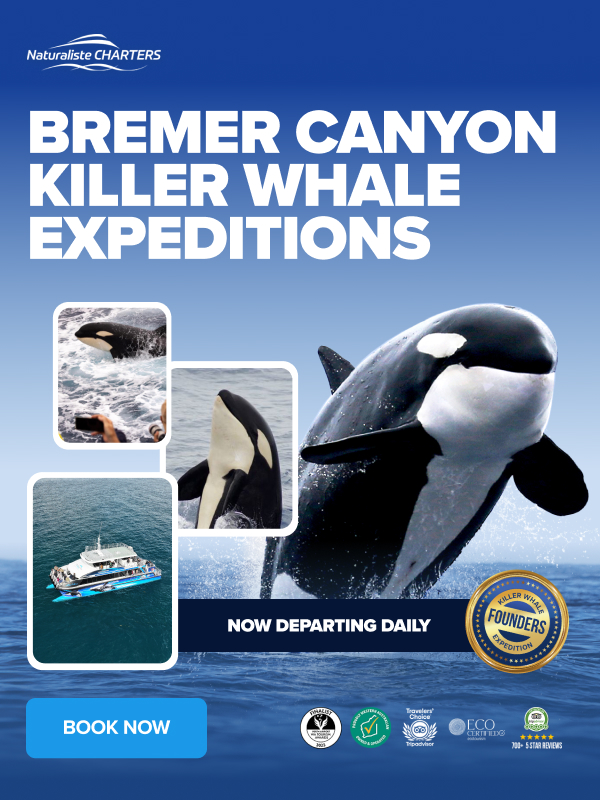Why Do Whales Migrate?
Whale migrations are an incredible act of nature. Huge populations shift over large distances to find food, mates and suitable habitat. Regular and repeated on a large-scale, leaving critical feeding areas in some parts for half a year!
So why do whales migrate? They migrate for four main reasons which we will delve into in more detail. Large baleen whales (Mysticetes) will move from polar feeding waters to warmer tropical calving grounds. This is so they can still gorge themselves on planktonic critters, load up the fat stores then give birth in warm and relatively predator-less waters. Ideally, this reduces thermal stress on a calf that lacks the thick blubber layer and predator stress on both cow and calf. Toothed whales (Odontocetes) will move to follow these large whales and seek out other prey. Another new theory (skin-molt migration) has recently been presented which discusses the idea of whales migrating for physiological (health) reasons too.
Read on to find out everything you need to know about why whales migrate.
Why Do Baleen Whales Migrate?
Mysticetes, the great baleen whales, will migrate between polar feeding areas and tropical breeding and calving grounds. There are numerous reason why they do this which includes thermal stress reduction, tracking resources e.g. food, avoiding predators and danger, and finally as an evolutionary holdover. Their ancestors did it!
Intense feeding will lead to high levels of energy storage which in turn maximises reproductive success. An example of this is the Humpbacks in Western Australia, the largest humpback population in the world. This population will gorge themselves on krill and plankton in sub-antarctic waters for the Austral summer. With 24 hours of sunlight, the primary producers can exponentially reproduce, resulting in a feeding frenzy that includes the Humpbacks. In polar waters, there are also increased populations of predators, such as Killer Whales who regularly feed on young humpbacks. So being a very young whale in this part of the world is dangerous and giving birth is ultimately not ideal.
So Why Do Whales Migrate North?
Cues will indicate when it is time to leave an area. These include navigational cues such as celestial and geomagnetic. Also includes environmental changes such as seasons and a resource gradient cue such as lack of food. Humpbacks in W.A. will begin their migration during late autumn when the sunlight hours are reduced. They make their way along the coastline following the continental shelf to warmer waters such as Broome. It was originally thought these animals do not feed while migrating but there is some evidence to suggest they may snack! More research, which is currently being undertaken, will provide answers and allow us to fully understand migrations!
In Broome, in relatively predator-less coastal waters, they give birth to little calves. The calves lack thick blubber layers and will need huge amounts of mum’s milk to stay alive. They are already consuming 250 litres of milk A DAY, which is a weight that comes directly off mum’s fat stores.
The humpbacks spend up to four months in warm waters before they begin their journey back south to cold waters once their calves are of reasonable size. The calves grow almost two-thirds of their mum’s size in a short few months!
This type of behaviour occurs for most other baleen whales in both the southern and northern hemispheres.
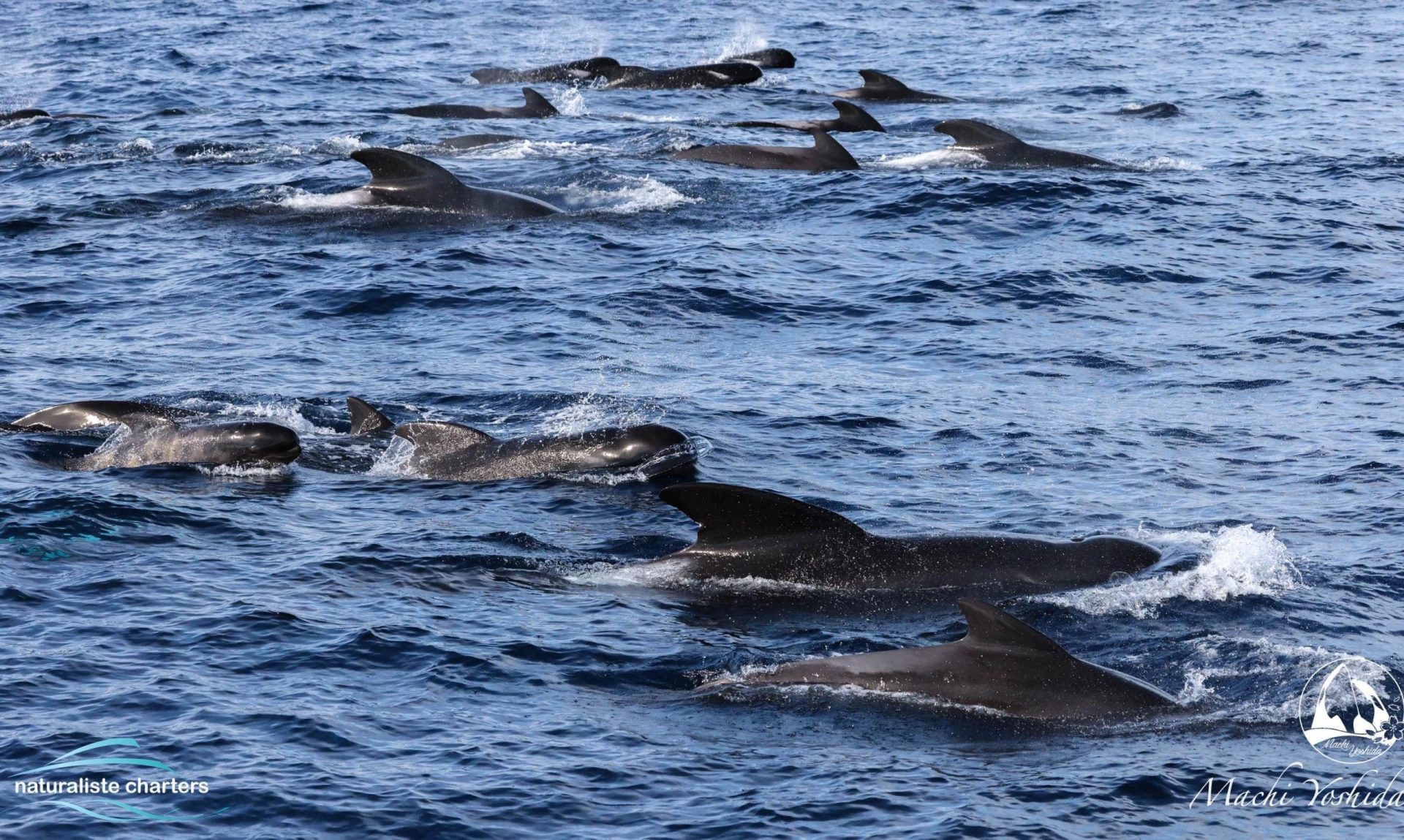
Why Do Toothed Whales Migrate?
Odontocetes, also known as toothed whales are slightly different.
They are thought to travel shorter distances if they travel at all. The main driver for why a toothed whale migrates, such as a Killer Whale or Sperm Whale, is prey-induced. They will move between areas of high prey productivity, such as following the already migrating whales. Typically Killer Whales are found in colder waters, such as in Sub-Antarctic areas.
New research has found that some populations of killer whales travelled 11,000kms out of cold water on a short time scale (6-8 weeks.) This is a very quick turnaround along the way from their food for an animal that doesn’t need to migrate. The new research suggests that whales will migrate for another reason that traditionally hasn’t been considered…
Skin-molt Migration; A New Theory
Skin-molt migration (SMM) is the theory of whales moving out of cold-nutrient rich water to warmer water to rid themselves of potentially harmful bacteria which thrives in cold environments. A sub-antarctic diatom has a yellow-brown colouration and will infest a whale’s skin. The diatom isn’t necessarily dangerous but in large amounts, it can be harmful to the host whale. Due to the cold conditions, the whale will limit the amount of blood flow to the extremities and therefore the skin production reduces. Effectively ‘holding onto’ skin and the bacteria that goes with it. Whales lose dead skin cells just like humans, except it can occur in a once a year event. Travelling through warmer water aids in this shedding process.
In Bremer Bay, Western Australia, there is the largest southern hemisphere population of Killer Whales. During the Austral summer (January – April) there are tour operators who travel out to the ‘hotspot’ or main orca activity site. The tour operators and the Marine Biologist on board notice each year that the orca may have a yellow tinge to their skin when they first arrive. By the time the season is finished, (16 weeks maximum) the colouration is gone. The water here sits around 21 degrees, perfect to remove dead skin cells and associated cold-water diatoms.
Coincidently, the timing of the skin-molt migration theory aligns with the originally proposed ‘breeding and calving migration’. So for an animal such as a Killer Whale or a Humpback Whale, a trip to the ‘day-spa’ each year could be critical to their survival.
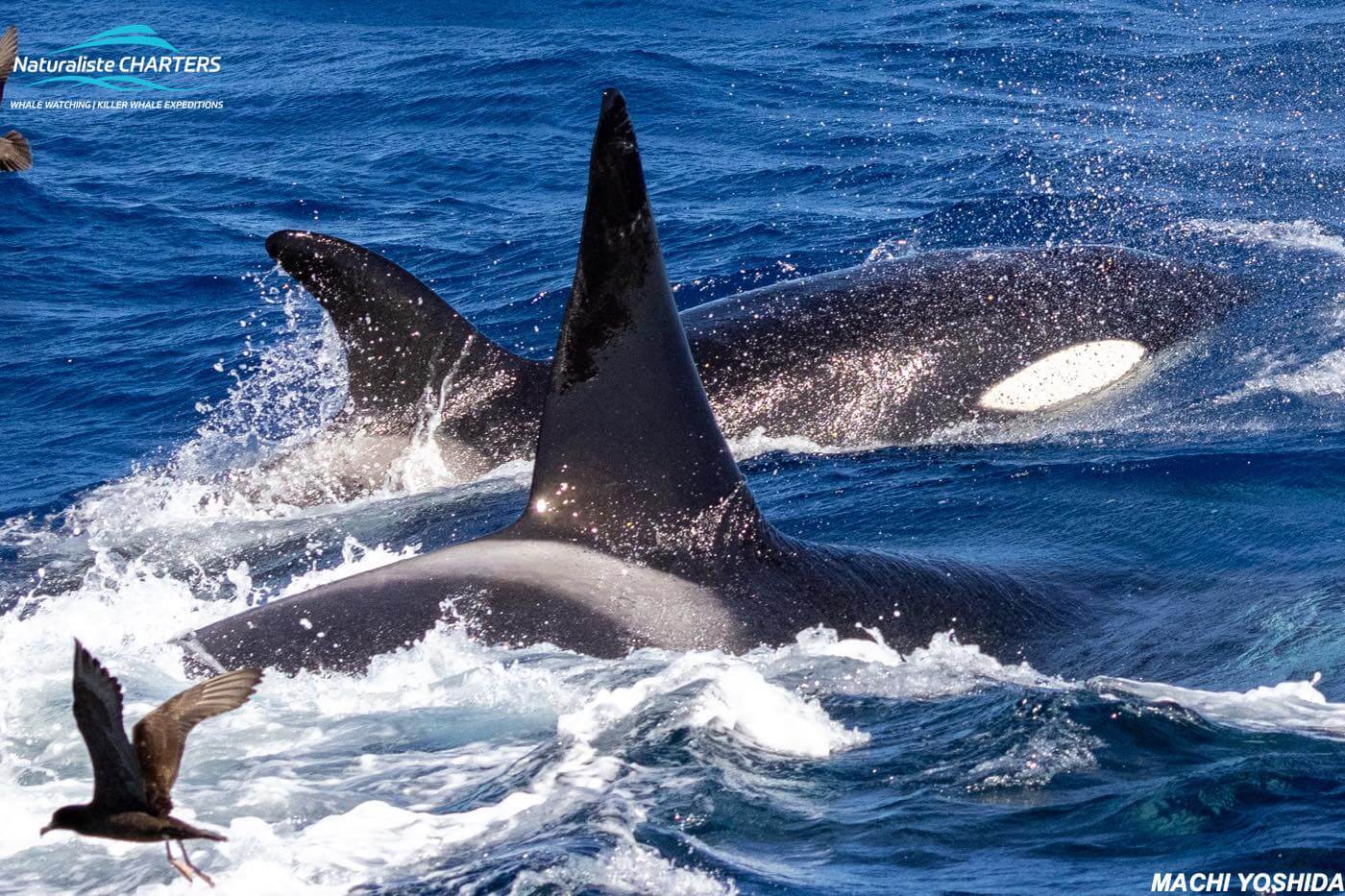
The reason why whales migrate needs a holistic approach
The reason why whales migrate needs a holistic approach. Looking at the whole picture provides answers such as searching for prey, avoiding predators, seeking a mate, shedding skin and achieving maximum offspring success. The reasons and explanations continue to grow as more marine science is conducted and we uncover more about our ocean.
Ever wanted to take a trip to the orca ‘day-spa’?
Killer Whales expeditions and experiences have been operating in Bremer Bay since 2014. These trips run daily from January to April in the hotspot, an area we call the Bremer Sub-Basin. As mentioned above, this area could be considered a part of wild Killer Whale migrations, or in fact an area that supplies not only food but water that is warm enough to help rid toxic bacteria growth on the whale’s skin. An area for mating, calving, nursing, feeding, socialising and so much more! Head to our website for more information on how to book an expedition for whale watching in Perth – there is no better place to whale watch in Australia than on a tour with Naturaliste Charters!

